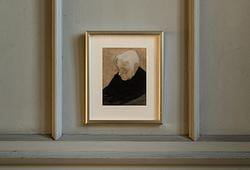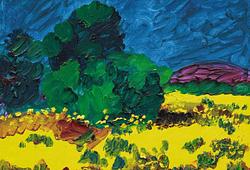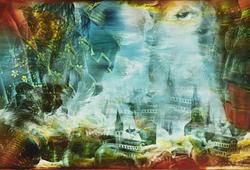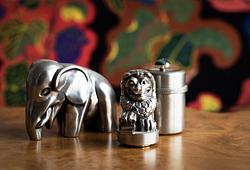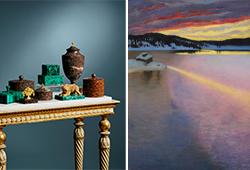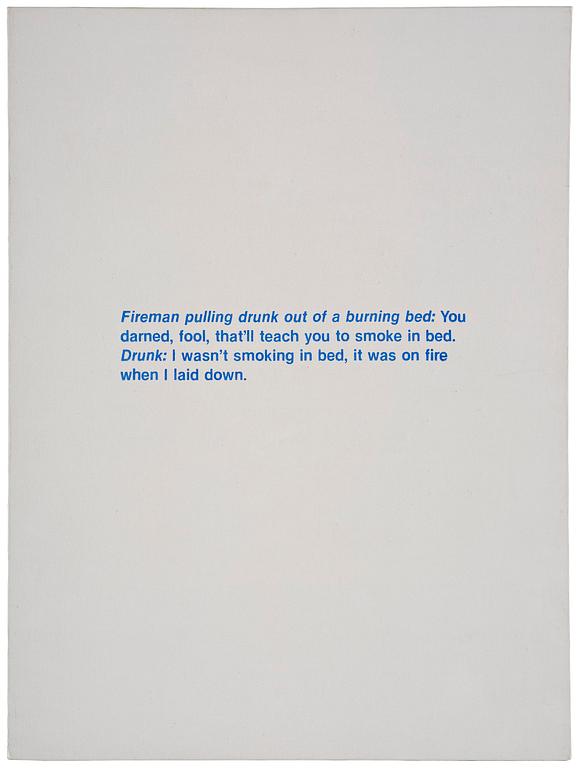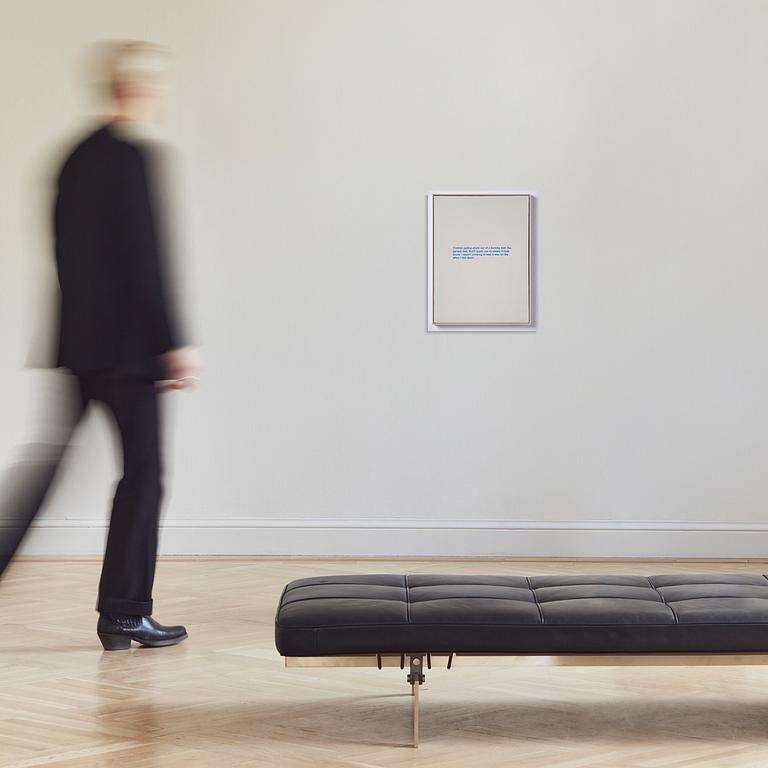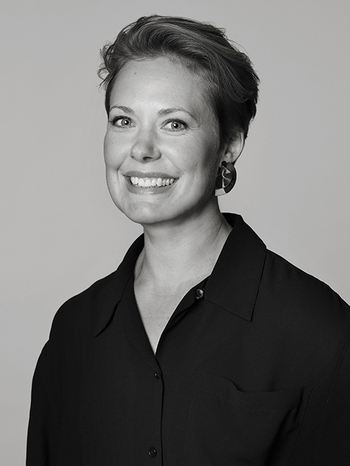Richard Prince
"Untitled (joke)"
Signed R. Prince and dated 87 verso. Edition 3/5. Acrylic and silkscreen on canvas 61 x 45.5 cm.
Provenance
Barbara Gladstone Gallery, New York
Per Skarstedt Fine Art, New York.
Acquired from the above by the present owner.
More information
Richard Prince is considered one of the most groundbreaking and respected artists of his generation. Born in 1949, he made his breakthrough in the early 1980s alongside artists such as Cindy Sherman and Barbara Kruger. Together, they developed the American (and international) art scene by working with appropriation art.
The late 1960s saw the explosion of what we now call the image society – in which we still very much live today. The 1960s were the first golden age of mass media, and while some artists turned their backs on the image and devoted themselves to metaphysical abstraction (Jackson Pollock, Helen Frankenthaler, Mark Rothko), others sought a more powerful tool. One who took an early interest in mass media images was, of course, Andy Warhol. But while he focused on their aesthetics and iconization, Richard Prince was more interested in the human mechanisms behind mass media and commercial images and their interpretations.
Richard Prince is world-renowned for both his photographs and paintings. The Joke Series, which he began in 1986, is representative of Prince's artistry, in which he often combines artistic techniques with burlesque humor. "Untitled (joke)" is one of the first in this series of paintings that Prince created using silkscreen on canvas, with a monochrome background and a joke written in a different color. The jokes usually deal with social taboos and frustrations among the white American middle class.
As with all intelligent and conceptual art, Richard Prince's work deciphers the state of affairs. Prince's strength lies in his constant willingness to challenge conventions, think outside the box, and provoke. He has sparked debate on copyright, social media, and ownership. His famous photo series “Cowboys” (1980–1992, ongoing) drew inspiration from Marlboro cigarette advertisements, while his popular series “Nurse Paintings” (2003) was inspired by the dramatic covers of cheap pulp fiction from the early decades of the 20th century.




